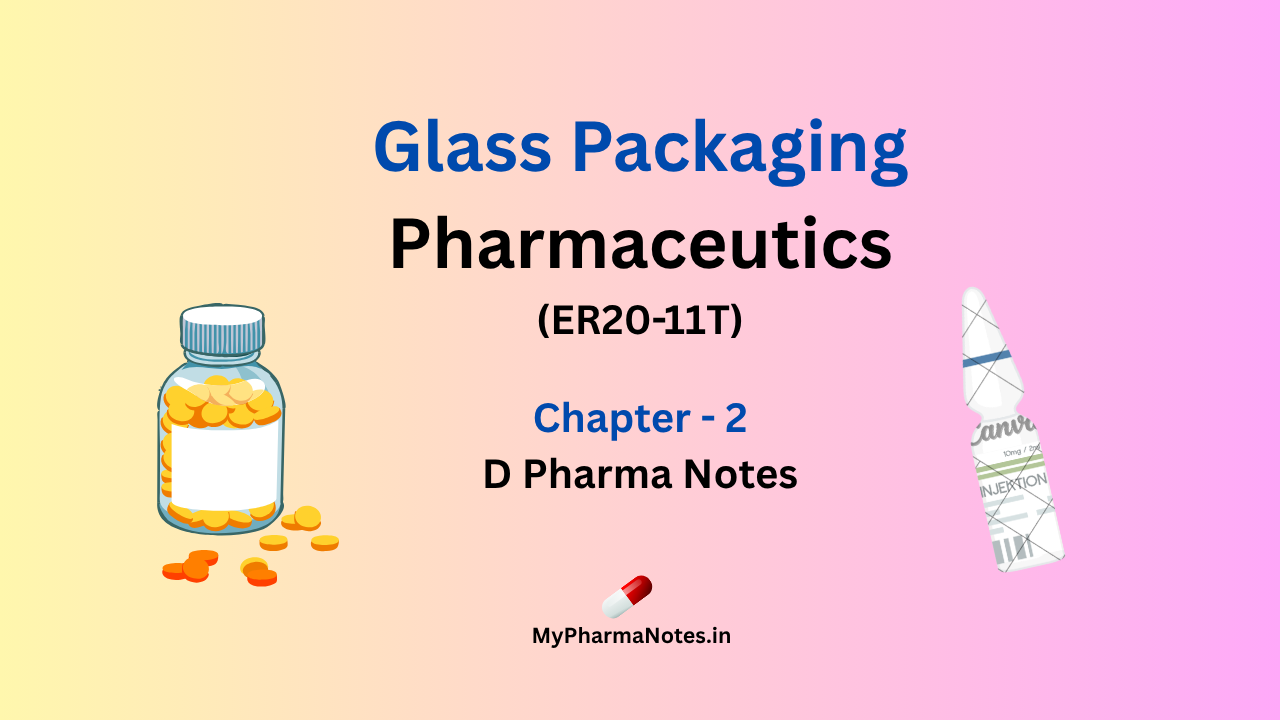Table of Contents
Definition of Glass Packaging
- Neutral glass is a borosilicate glass containing significant amounts of boric oxide, aluminium oxide, and alkali or alkaline earth oxides. It has a high hydrolytic resistance and a high thermal shock resistance.
- Glass has been widely used as packaging materials and it is moulded in any shape, size, and thickness. Most of parenteral preparation are used the glass materials.
On the basis of hydrolytic resistance it divides into three parts:
- Type I glass containers: These are of neutral glass, with a high hydrolytic resistance, suitable for most preparations , not for parenteral use.
- Type II glass containers which are usually of soda-lime silica glass with high hydrolytic resistance are suitable for most acidic and neutral, aqueous preparations, not for parenteral use.
- Type III glass containers which are usually of sodalime- silica glass with only moderate hydrolytic resistance. They are generally suitable for non- aqueous preparations for parenteral use.
Advantages of glass packaging
- They are transparent or uncolored packaging to permit the visual inspection of the products contents.
- They have a good protection for powder because powder very sensitive against the moisture and temperature.
- Available in variety of shape and size according to our needs.
- Coloured glass (amber coloured) is also used in the packaging for the more sensitive materials.
Disadvantage of glass packaging
- High risk during the transport and handling because it is fragile in nature.
- Glass is heavy in weight than others.
- High risk of product contamination due to broken glass piece and some time release alkali to aqueous preparation.
